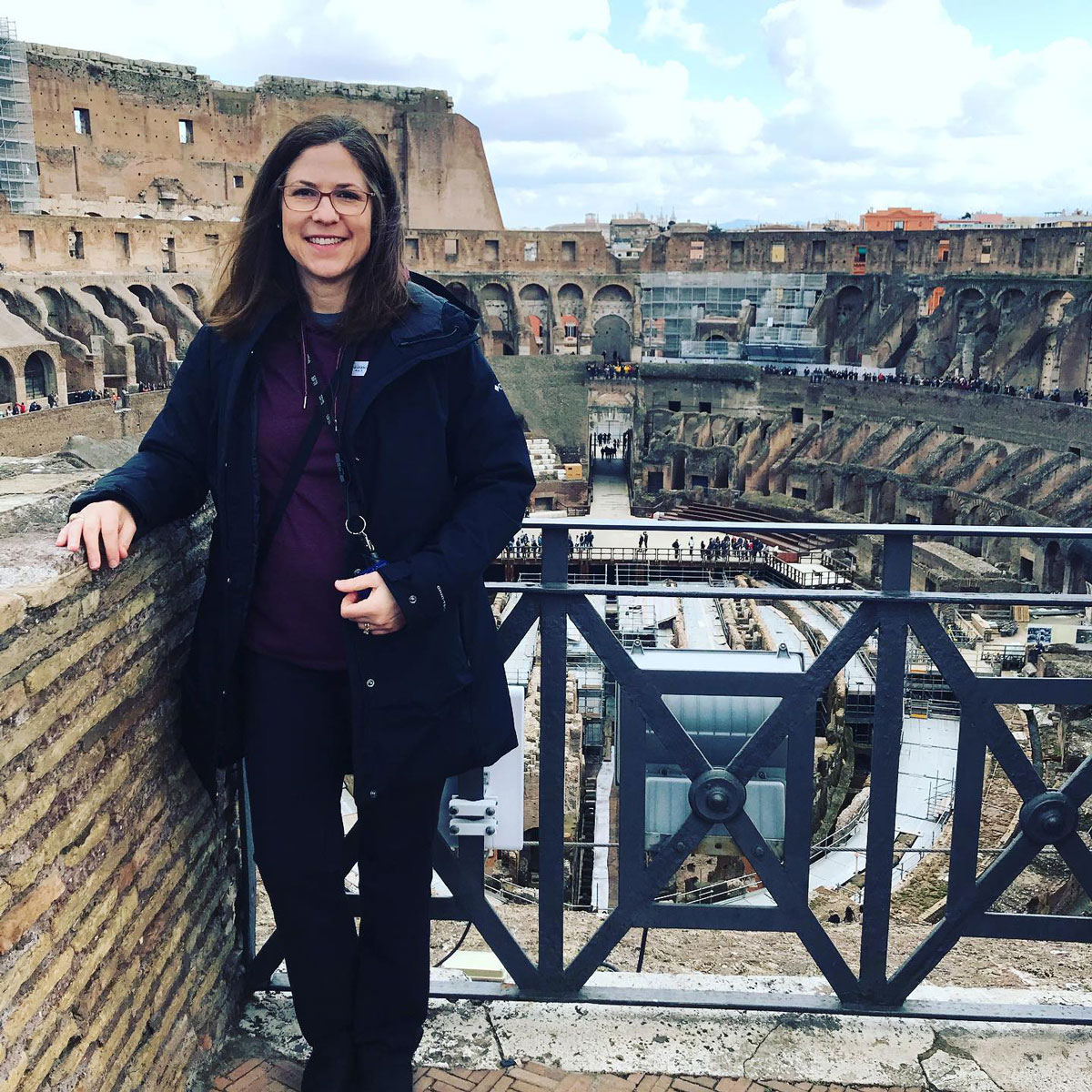 When in Rome with Jennifer James
When in Rome with Jennifer James
Mar 11, 2020
By Jennifer James
Special to the USA Rice Daily
NEWPORT, AR – Last month, I traveled to Italy on a trip sponsored by Bayer Crop Sciences with my agricultural peer group -- me and seven other women farmers from across the United States that meet twice a year. In the summer we gather on one of our farms in Arkansas, Indiana, Kentucky, Mississippi, Missouri, or Ohio, and in the winter we usually meet at a neutral location within driving distance from each farm. This year, however, Bayer Crop Sciences offered to host us for an international excursion and we jumped at the chance.
Our first stop was Rome and a visit with Ambassador Kip Tom, United States Permanent Representative to the United Nations Agencies for Food and Agriculture. We learned all about the United Nations World Food Program (WFP) and its mission to “deliver food assistance in emergencies and working with communities to improve nutrition and build resilience.” The photographs and stories Ambassador Tom shared were heartwarming.
The United States is the largest contributor of funds and donations of U.S.-grown and produced commodities, called “in-kind” contributions, for the WFP. I was able to share information about the food aid programs that USA Rice participates in as well as industry investments in rice fortification research and technology to produce a delivery mechanism for vital nutrients. Rice is such an important food throughout the world, and provides comfort and nourishment to so many populations especially those in need or after a disaster has ravaged an area.
During the eight-day trip, we visited a dairy operation, a winery near Verona, and Bayer Italy HQ in Milan where we met with Bayer’s crop science team to discuss the variety of crops produced across the country – corn, grapes, wheat, rice, olives, and many fruits and vegetables. The team talked about how Bayer is serving farmers using digital technology, addressing climate change through biotechnology, and utilizing the new European Green Deal and Farm to Fork programs.
The last day of the trip was spent touring Vercelli, the rice capital of Italy! We met Alberto Pistola, a tour guide for the Province of Vercelli and a member of the Vercelli Quality Rice Road, an association of producers, local administrators, restaurants, and cultural institutions that promote all aspects of the territory and especially rice. Alberto explained that the japonica type rice they grow for risotto is special to Italy, and the variety Carnaroli is deemed the best because the starch stays firm in the middle of the kernel and has a firm “bite” to it when cooked to risotto perfection.
One of the most unique aspects of the Italian rice industry is the irrigation system designed by Leonardo da Vinci over 500 years ago that is still in use today. The system of canals, hinged watertight gates, and flood gates used to control the amount of water released is amazing. The rice farmers must work together because everyone receives their allotted amount of water through the canal system. They have to coordinate and have their rice crop planted on time so that when the water arrives at their fields, the rice is ready!
Alberto treated us to a traditional Vercelli lunch with two types of risotto as the main entrées. We were pretty adventurous and tried all the appetizers including veal, pig lard, raw ground beef with truffles, and cow tongue. As expected, the risotto was delicious! We had the traditional version called panissa with bolotti beans, tomatoes, and salami, but my personal favorite was risotto cooked with robiola cheese.
Our group traveled over 600 miles in Italy by van and train, and experienced a diverse group of farms and agriculture. Thanks to Bayer Crop Science, we got a glimpse into the cultural differences that drive the food world and farming operations in Italy and in Europe.